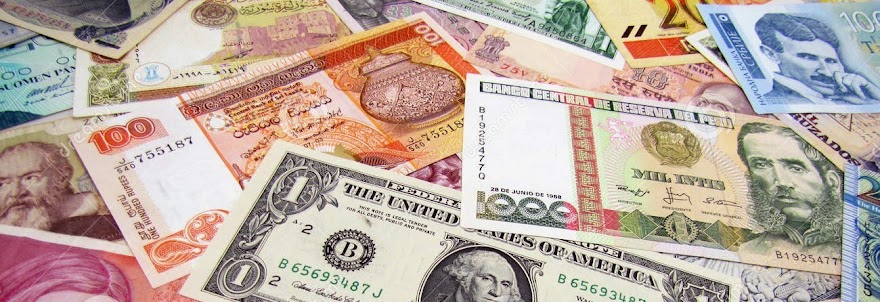Nilaish
Life Member - IBNS-IBCC
"There are few notes denominated 500 Rupees are issued by RBI in 2014 which are signed by D. Subbarao, is a very interesting observation. However, it is said by RBI that process of changing signatures on notes of the new Governor is a tedious process."
The Hindustan Times correspondent reported that (HT: 4 March 2014), "Take Note: RBI goofs up, as invalid notes in circulation".. It is found that some 500 Rupees notes of 2014 carry signature of D. Subbarao, who was previous Governor of RBI in 2013. New Governor, Raghuram Rajan joined the office in the same year. I came across an example and thus, collected it. It is presently sold in collector's market for Rs. 750-1000. An example can be seen below from my collection:
Life Member - IBNS-IBCC
"There are few notes denominated 500 Rupees are issued by RBI in 2014 which are signed by D. Subbarao, is a very interesting observation. However, it is said by RBI that process of changing signatures on notes of the new Governor is a tedious process."
The Hindustan Times correspondent reported that (HT: 4 March 2014), "Take Note: RBI goofs up, as invalid notes in circulation".. It is found that some 500 Rupees notes of 2014 carry signature of D. Subbarao, who was previous Governor of RBI in 2013. New Governor, Raghuram Rajan joined the office in the same year. I came across an example and thus, collected it. It is presently sold in collector's market for Rs. 750-1000. An example can be seen below from my collection:
2014: 500 Rupees, signed by Duvvuri Subbarao having serial number 3KN 417376 with inset E.
The HT correspondent reported that, "In an embarrassing goof-up, the Reserve Bank of India (RBI) has issued currency notes in 2014 carrying the signature of its former governor D. Subbarao, who retired last year. HT could not ascertain the exact denomination and total value of these flawed currency notes but sources said they are high denomination notes".
Commenting on the issue, RBI explained in an email: “Currency note production is a manufacturing process. Making changes in the process takes time... Changing the governor’s signature on the banknotes is one such process. To complete the process in all the banknote presses for all denominations of banknotes is a programme which is underway and is expected to be completed in due course.”
It is also found that these notes were only printed at Dewas press (Bharatiya Reserve Bank Note Mudran Ltd), Madhya Pradesh (Moneycontrol.com 2014). The government owned presses are at Nasik and Dewas. The other two presses are at Mysore and Salboni. This would mean that these notes shall be replaced by RBI and the process will incur extra cost. In another press release RBI said, "The explanation comes amid reports that new Rs 1,000 and Rs 500 notes bearing signature of D. Subbarao, who has demited office in September 2013, are being rolled out from RBI printing presses. (millenium post 2014)" It is a remark that still the notes printed at Dewas press carry this mistake! I request collectors and Notaphilist to report any other prefix, other than 3KN if found. It will be easier to locate the cut off point of these mule notes. It will be updated and noted in this blog by acknowledging him/her. However, nothing to worry these notes are legal tender as said by RBI.
Copyright 2014 by Nilaish, Esq.





